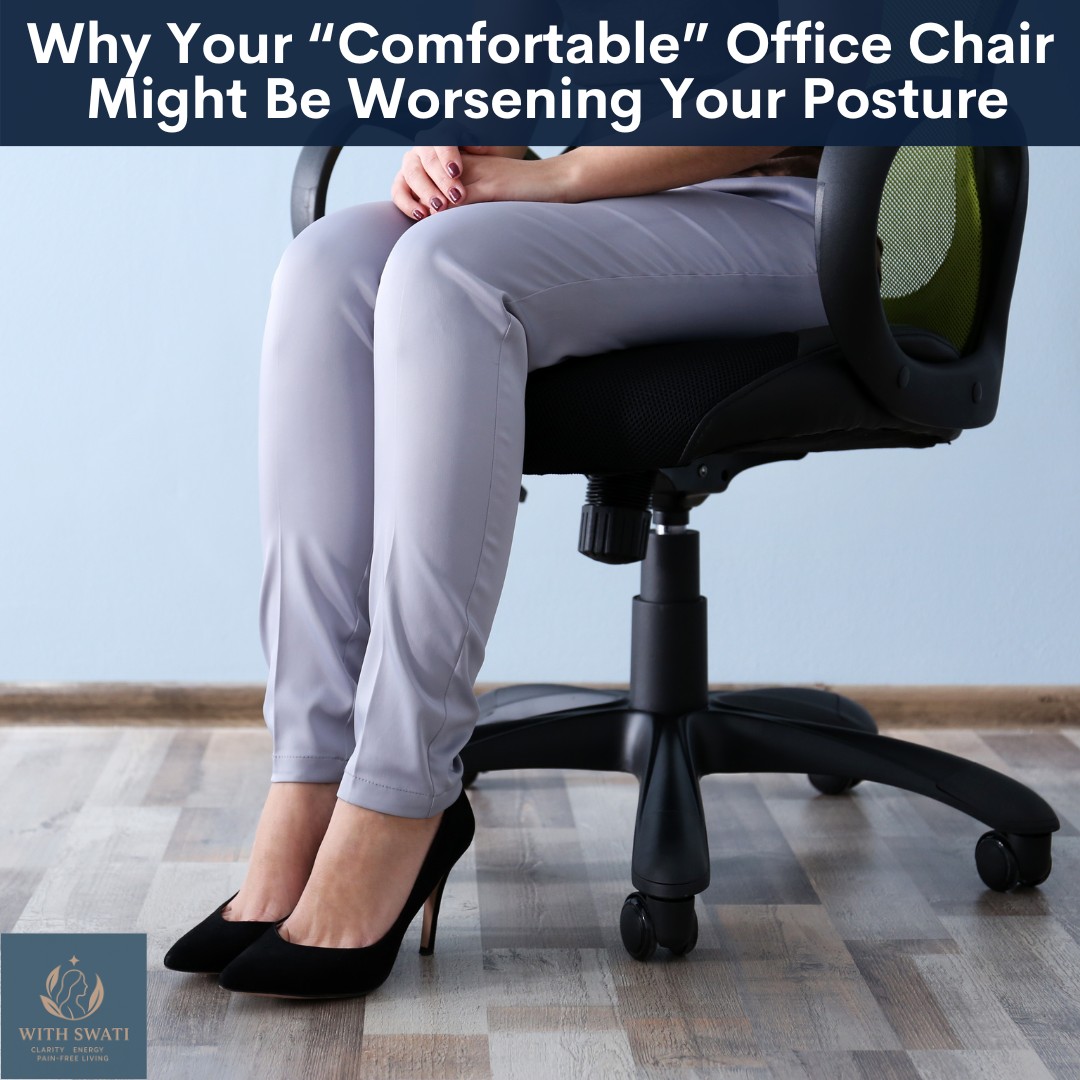
As a busy executive and mother, juggling numerous responsibilities daily can often lead to physical strain. Common issues that may arise are neck pain and tight neck muscles, which can sometimes cause dizziness, condition known as cervicogenic dizziness. In this blog lets discuss how tight neck muscles can lead to dizziness and what that means for you as an executive mum ....
Read more...
For executive mums balancing demanding careers and younger kids, experiencing dizziness can be particularly worrisome and disruptive to daily life. It’s crucial to understand whether these dizzy spells stem from cervicogenic dizziness or BPPV (Benign Paroxysmal Positional Vertigo), as they have different causes and treatment approaches. In this blog, we will discuss the main differences between these two conditions, so that you can work towards a more targeted and effective management ....
Read more...
Cervicogenic headaches are headaches originating in the upper cervical spine. As a busy executive mum, balancing a high-stress job and family responsibilities can often lead to poor posture and other habits that exacerbate these headaches. This blog provides some easy tips to manage cervicogenic headaches effectively ....
Read more...
As an executive mum juggling work and family responsibilities, headaches can be a common but debilitating part of your day. Have you experienced a headache that seems to stem from your neck? If so, you might be suffering from cervicogenic headaches. Understanding this type of headache is crucial for finding effective relief. In this blog, lets discuss cervicogenic headaches and how they can affect busy mums like you ...
Read more...
For executive moms balancing the demands of a high-pressure career with the responsibilities of managing a household, experiencing dizziness can add an additional layer of complexity to their already hectic lives. Cervicogenic dizziness is characterized by a sense of unsteadiness or imbalance linked to neck issues. While it shares symptoms with other forms of dizziness arising from postural hypotension, inner ear problems, side effect of medicines, etc, it is crucial to recognize the distinct causes of cervicogenic vertigo as these are particularly related to the cervical spine. In this blog, lets discuss the common causes of cervicogenic dizziness, also known as cervical vertigo ...
Read more...











